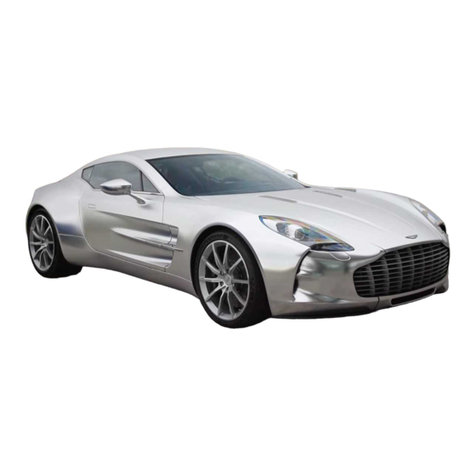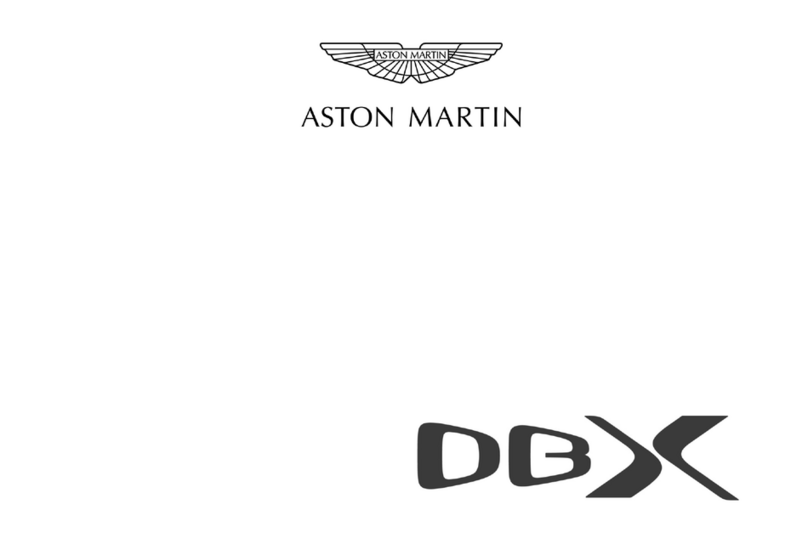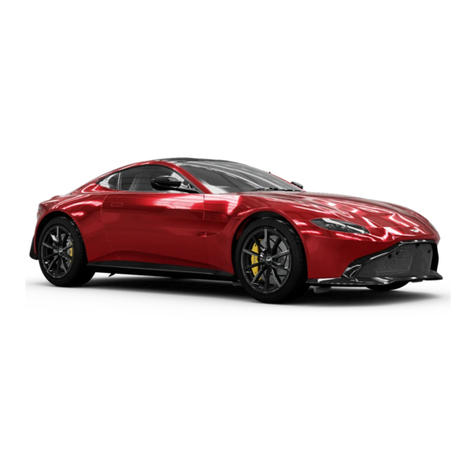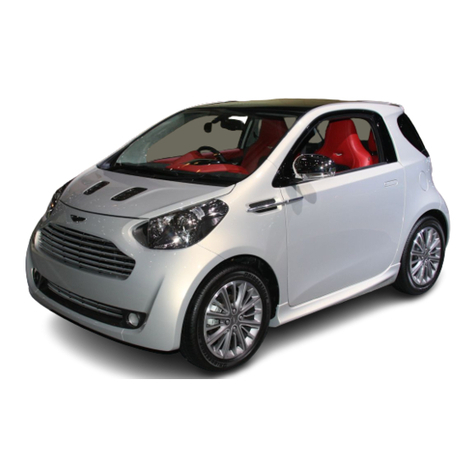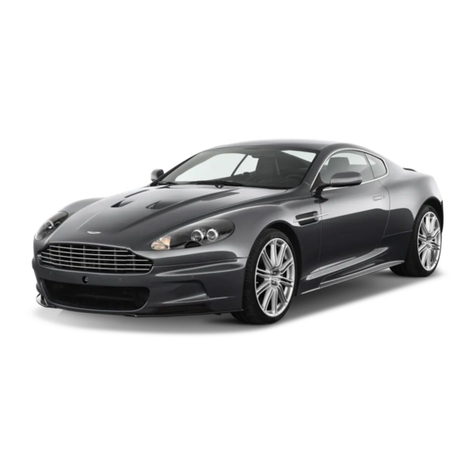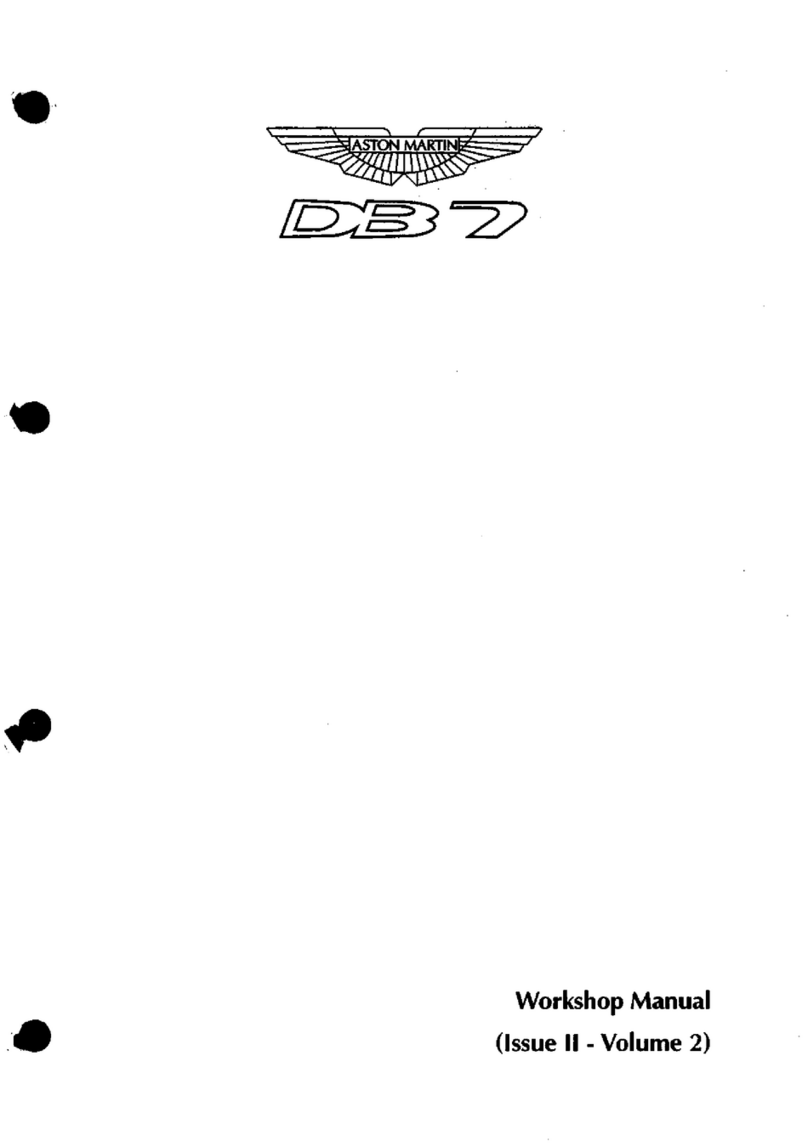
1.2
Introduction
Welcome
Welcome to your new Aston Martin DB9.
This Owner’s Guide, along with other publications included in your
literature pack, provides information which will enhance your
pleasure from owning and driving your Aston Martin.
This Owner’s Guide has been designed to explain the vehicle’s
operation and to make the control of its systems easy to understand
and operate. All new owners are recommended to carefully study the
contents of this Owner’s Guide prior to driving.
This Owner’s Guide forms part of the essential vehicle equipment for
homologation purposes and must stay with the vehicle at all times.
Aston Martin Franchise Dealers
A full list of Aston Martin Dealers worldwide, where sales and service
are provided by companies with the facilities, knowledge and factory
trained personnel can be found at:
www.astonmartin.com
Every effort is made to make sure that the information given in the
dealer list is accurate and up-to-date. However changes amongst
holders of the Aston Martin franchise can occur. Neither Aston Martin
nor any listed Importer or Dealer shall in any circumstances be held
liable for any inaccuracy, or the consequences thereof.
Dealers listed all aim to conform to Aston Martin standards of
excellence in both sales and service. However, all vehicles sold as
Aston Martins are required to meet local legislation requirements.
Should service be required in a country other than that in which this
vehicle was originally purchased, every effort will be made to meet
the owner’s requirements, but the availability of certain parts may be
affected by differences in vehicle and component specifications.
If the nearest Aston Martin Dealer is unable to help, contact Aston
Martin directly:
Aston Martin Lagonda Limited
Banbury Road,
Gaydon,
Warwick,
CV35 0DB
Telephone: (+44) (0)1926 644300
Facsimile: (+44) (0)1926 644733
Aston Martin Dealers are independent traders, they are not the
Company’s Agents, and therefore have no authority to bind the
Company or to enter into any financial or other commitments on the
Company’s behalf.
Only Aston Martin Dealers are authorized to carry out warranty work.
Aston Martin Authorized Body Repairers
A full list of Aston Martin Authorized Body Repairers worldwide can
be found at:
www.astonmartin.com
All Aston Martin Approved Body Repair centers have been assessed
and audited to Aston Martin Body Repair Center standards in either
Category A or B.
Category A: Repairs to the bonded aluminum structure and all paint
related and light structural damage.
Category B: All paint related and light structural damage.
Every effort is made to make sure that the information given in the
Aston Martin Authorized Body Repairers list is accurate and up-to-
date. However changes can occur. Neither Aston Martin nor any
Aston Martin Authorized Body Repairer shall in any circumstances be
held liable for any inaccuracy, or the consequences thereof.
DG43-19A321-HA.book Page 2 Tuesday, August 21, 2012 11:30 AM



